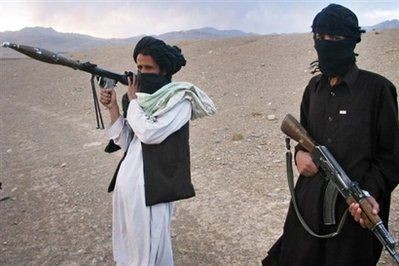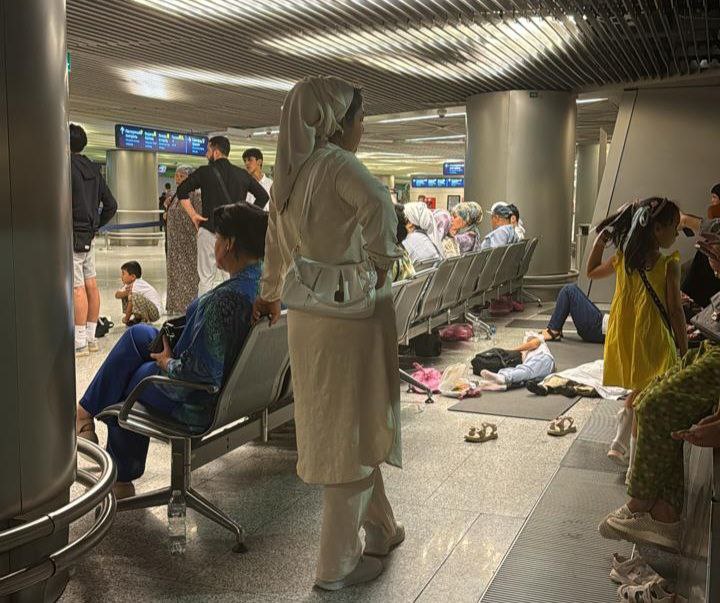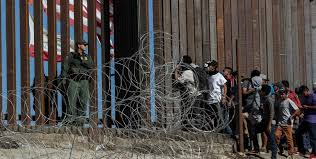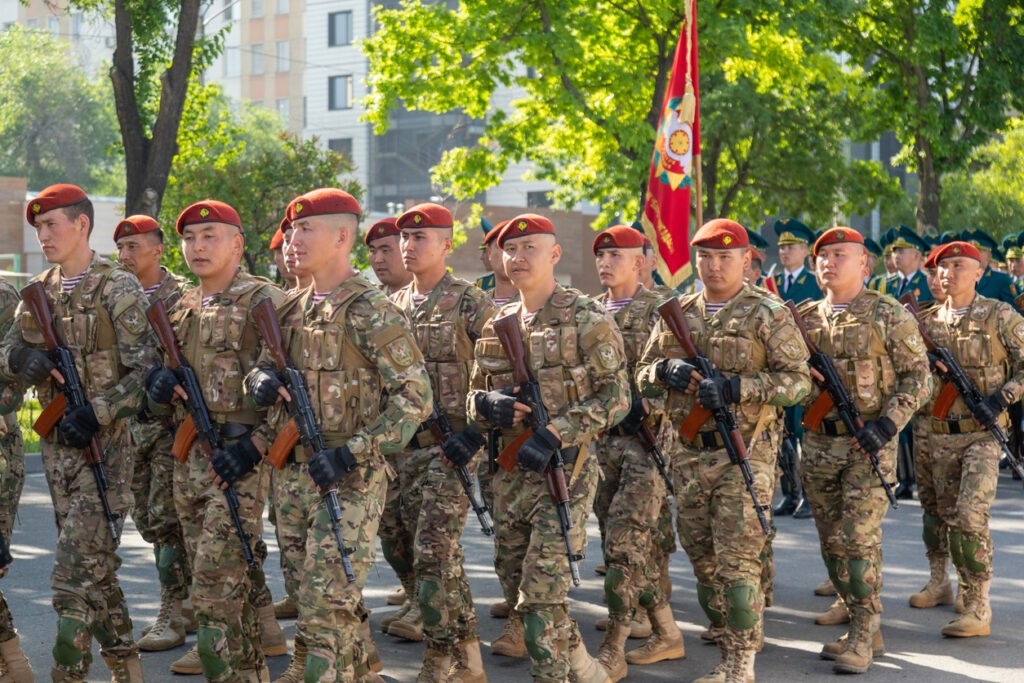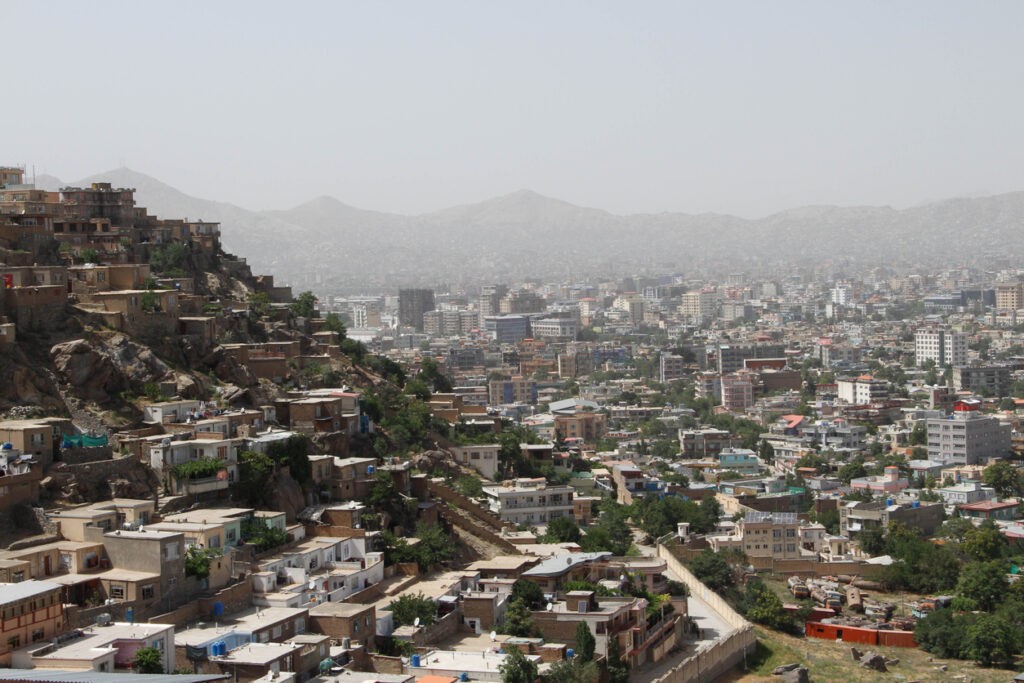OSH, Kyrgyzstan (TCA) — All unite against ISIS/Daesh, and after that, business as usual. That seems to be the bottom line where it comes to the eventuality of “negotiations” between the struggling government of Afghanistan and the Taliban terrorist movement, now widely described as “insurgents”. For the population, the result will be more terror in any case.
The method is known as taqqiyat, decreed in the VIII Century by a shi’ite imam known as Ja’far al-Sadiq, and originally meant to protect Shi’ite believers from persecution and extinction pursued by the Sunnite Caliphate, by hiding their true religious conviction from the public ear. In later times, including our times, it is cherished by Muslim fanatics of both mainstreams where it comes to crushing the Qaffirs (Gawhar) or infidels.
A mission to hold talks
It seems indeed that this is what Central Asia is heading for. The Guardian wrote in its Monday edition that two sources within the insurgency said that a trio of Taliban diplomats left Doha last Wednesday with a mission to hold talks with Pakistani officials. An earlier Pakistan-brokered attempt last year to bring parties around the table was thwarted by the obstinate attitude of its leader Mullah Akhtar Mansoor, successor of the “historic” Taliban leader Mullar Omar who reputedly had died in 2013. Mansoor, who in turn perished in a raid by a US drone strike in May this year, was succeeded by current leader Mullah Haibatullah Akhundzada whose attitude remains unclear – and so does the extent of his authority for all it matters.
The situation on the ground
The mutual talks are based on the position on the ground. Today according to the latest update of the map posted by Al-Jazeera, the situation on the ground looks very serious. In the south, the southern parts (bordering Pakistan) of the Helmand and Kandahar provinces are controlled by the Taliban, as are almost the complete provinces of Daykundi and Oruzgan and the eastern districts of Farah to its north. The Taliban also holds large parts of the northwestern provinces of Faryab, Badghis and Sar-e Pol. But the worst danger for Central Asia’s former Soviet republics lies in the north, where most of the provinces Baghlan and Kunduz are under Taliban control, with only small pockets held by beleaguered government troops. Finally, a large area of the northeastern province of Badakhshan, which includes the passage to China and is inhabited by mostly Tajik and Kyrgyz populations, is also in the Taliban’s hands. To the south of that province lies Nangarhar, where Daesh keeps its stronghold.
‘The Islamic State Khorasan’
In none of those areas attempts by government troops to recapture certain districts show any decisive results – including Nangarhar. This is what is supposed to have prompted the latest attempts to reach a “tactical” agreement between the government and the Taliban. In an interview with NBC News last weekend, US General John Nicholson, one of the commanders in the field in the country, warned that “… the U.S. has seen foreign fighters, particularly Uzbeks from the Islamic Movement of Uzbekistan, joining the Islamic State Khorasan, or IS-K. The U.S. also sees many Pakistani Pashtuns from the Pakistani Taliban who joined IS-K moving into Afghanistan to fight.”
Strategic plan
The new strategic plan is: all against Daesh. Will it work? And even if it does, what then? For the Afghan population, things look bad in any case. Once “peace” has been established, the Taliban may use it to have a free hand to exterminate the Shi’ite populations in the north and the west of the country, along with the few remaining Christians and Buddhists remaining in Afghanistan. The rest of the population will hardly be better off: they will remain subject to arbitrary abuses including extortion, abduction, forced i.e. unpaid labour and other forms of modern slavery and lynching parties. Briefly: hell on earth, no law in sight.
Million lives under threat
It could be dismissed as just an allegation had it not happened before, after the Taliban seized power back in 1996 followed by half a decade of sheer terror. Tens of thousands, sometimes entire villages, have been shot, hanged, lapidated, decapitated or burnt alive a bit everywhere in Afghanistan in five years of blind hatred raging through society. And two attacks on Shi’ite worshippers, one in Kabul and another one in Balkh which neighbours Kunduz and borders Uzbekistan and Turkmenistan, bears the signatures of both Daesh and the Taliban. It can therefore safely be concluded that they have similar agendas.
There is plenty of ground to fear that should the Taliban in any form be legitimised, the lives of some 4 million people will be under immediate threat in Afghanistan alone and the threat of war will be on the immediate agenda for the countries to its immediate north – with or without Daesh. As happened towards the end of the last century, Afghan victims will be mentioned in the numerous reports written by UN and other human rights watchdogs which nobody reads, and the affair will swiftly be forgotten. The conclusion is that to obtain peace for everyone, there can be only one condition for the Taliban, Daesh, Al-Qaeda or what else: unconditional surrender.
